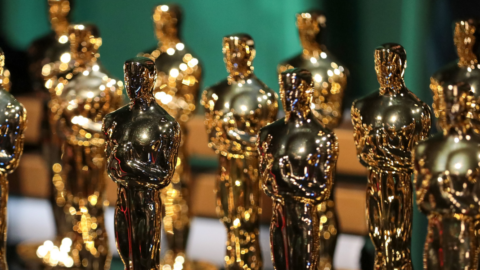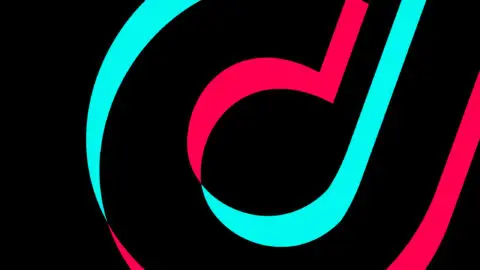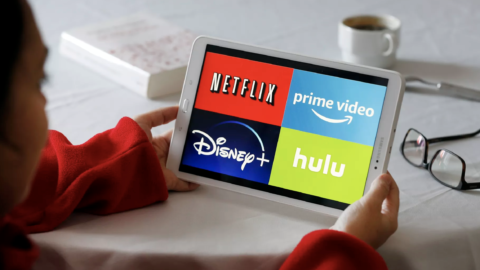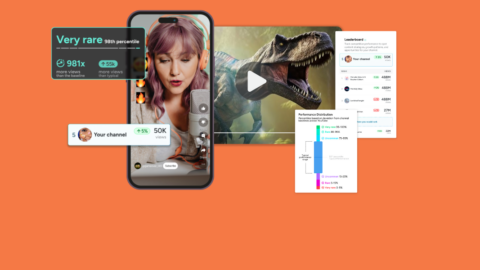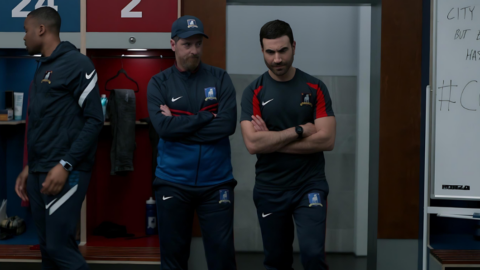Influencer marketing is the future of digital advertising for brands. With seven in 10 U.S. adults doing everything they can to avoid ads online, creators have emerged as a powerful alternative, offering businesses a way to make authentic connections with audiences.
While influencer marketing has become mainstream, it wasn’t always that way. From the YouTube debuts of musicians like Justin Bieber and Ed Sheeran to the rise of British vloggers like Dan Howell and Alfie Deyes, influencer culture took hold in the early 2010s. Facebook, Instagram, and YouTube surged in popularity as everyone got their hands on a smartphone. As smartphone adoption grew, so did social media use, jumping from 5% in 2005 to 79% in 2019.
Now, TikTok has emerged as a real competitor to legacy social platforms. In the two years following its 2016 launch, the video sharing app consistently grabbed 20 million new users per month. In 2021, the platform hit 1 billion users.
TikTok’s meteoric rise looks a lot like the social media boom of the early 2010s, but brands today are much better equipped to handle the surge.
As e-commerce continues to grow, social media is a hub for people to share and receive shopping recommendations. A 2022 report found that 72% of consumers said they trust influencers more, compared with the previous year. 64% said that influencers helped them discover new brands.
Brands realize that an influencer’s most valuable commodity is the quality of their community. They connect brands to their online audience of avid supporters. Teaming up with the right influencer partners, brands can drive performance by zeroing in on a core demographic through creative, interactive, and authentic campaigns.
From building credibility to boosting audience engagement with on-trend campaigns, here are four reasons to use influencer marketing.
Hone in on the right audience
Influencer marketing has massive potential to increase brand awareness and recognition, but only when your creator partners are truly aligned with your values and target demographic.
When video game company Capcom revealed 9-foot tall vampire Lady Dimitrescu as a new character for its Resident Evil franchise, its leadership team saw an awareness campaign as a great way to target audience segments beyond their established fanbase. Taking the character’s visual aesthetics into consideration, BENlabs connected Capcom with a select group of influencers who specialize in niche content verticals such as cosplay, metalworking, and VFX art. One metalworker put his skills to use by recreating a weapon from the game. A VFX artist even designed a gory short film inspired by the franchise’s battle scenes. The unique approach to influencer partnerships was a major success, securing 3.5 million views across YouTube and Instagram.

There’s no doubt that an effective social media campaign relies on making the right match between the influencer and the brand but 73% of marketers say they still struggle to find creator partners that make an impact. Working closely with an agency partner that prioritizes building smart partnerships helps brands connect strategically with creators with results that speak for themselves.
BENlabs smart matching connects brands with the perfect creators. Read more here.
Invest in influencer collaborations to drive conversions
Partnering with creators gives businesses a competitive edge. On average, brands earn $5.78 for every dollar spent on influencer marketing.
People are drawn to influencers because they’re true to themselves. Whether it’s their outgoing personality, penchant for pranks, unique talent, or passion for doing good, the best creators feel approachable and genuine. For this very reason, 71% of consumers say they trust influencer recommendations and 60% of marketers believe influencer content performs better than branded posts.
Take Mission Foods and Guerrero Tortillas’ campaign on TikTok. To drive sales, the tortilla brands worked together to launch a campaign starring a select roster of micro-creators for a targeted push ahead of Cinco de Mayo. Food influencers like Violet Cooks (@violet.cooks) and Salty Cocina (@saltycocina) stepped up to share recipes and tutorials starring the products. Salty Cocina is a Latina creator who exclusively posts content related to Mexican cuisine. Naturally, her product callout resonated well with her audience. The 30 days following the initial posts saw an impressive (and attributable) sales lift on products featured in the campaign, measured at the supermarket checkout counter.
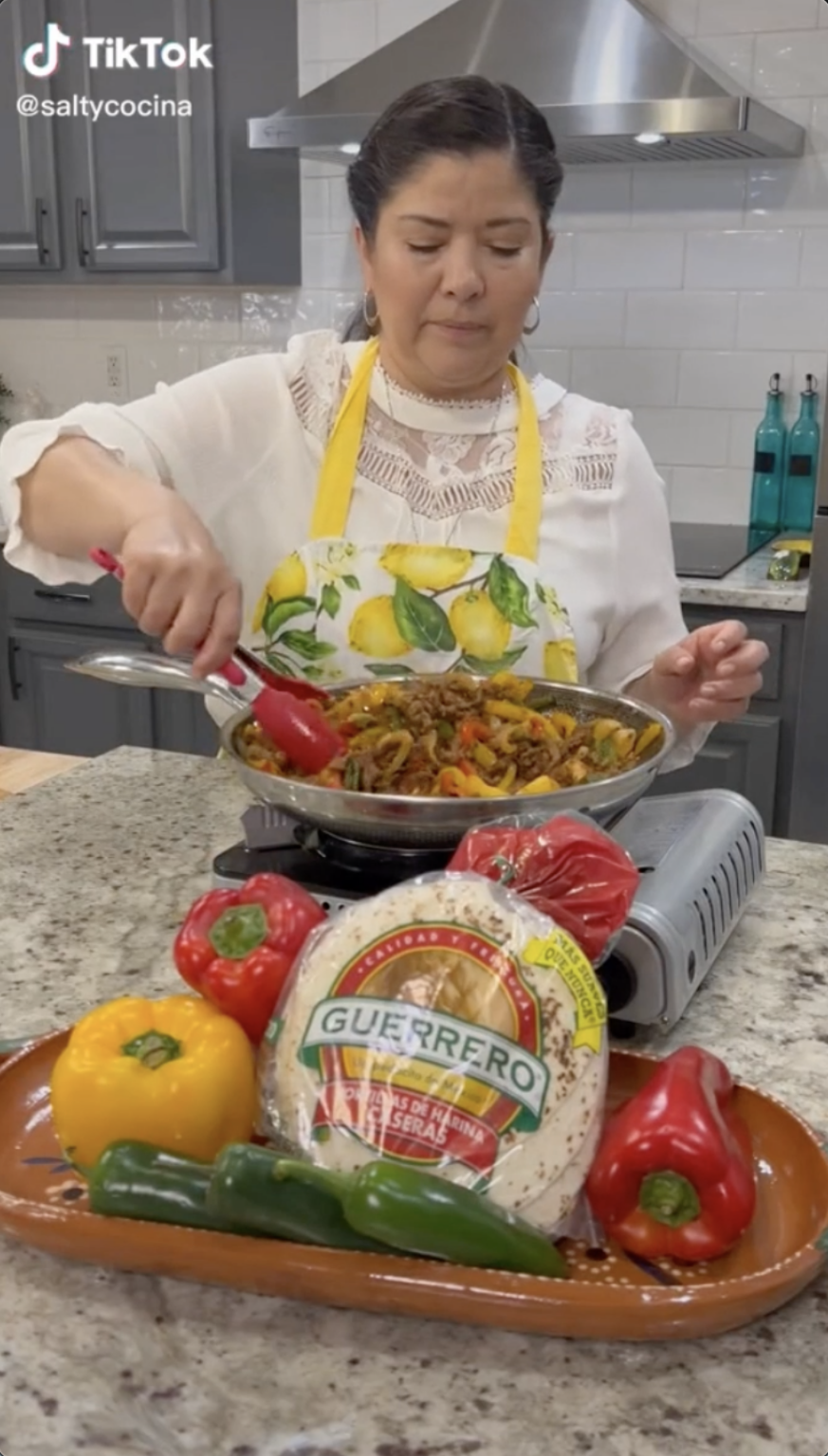
In 2022, 42.3% of marketers agreed that conversions and sales are the most important metrics to track for influencer marketing success. Creator-led marketing is no longer just a brand-building opportunity. With access to a broad range of valuable performance metrics—from views and impressions to link clicks and sales—brands are witnessing how influencer collaborations effectively drive conversions and unlock real ROI.
On-trend activations heighten engagement
Brands can capitalize on key moments and cultural or societal trends by partnering with creators. Marketers need to keep a close gauge on what’s gaining traction to design an attention-grabbing marketing campaign—especially on short-form video platforms like TikTok, where a different song, dance move, or comedy skit goes viral daily.
Luxury vehicle company BMW partnered with TikTok star Nic Kaufmann (@nickaufmann) to promote its new all-electric car: The iX. Using a Japanese audio clip taken from a vintage anime series, the five-second video shows Nic posing in front of his own iX—one side of which is painted over with a massive portrait of rapper Doja Cat—on his way to Coachella. The Japanese voiceover, pulled from the hit 1990s show “Jojo’s Bizarre Adventure,” was repopularized on TikTok as part of a new video trend. Knowing that the sound would strike a familiar chord with his audience, Nic made the creative choice to integrate the audio clip into BMW’s social campaign.
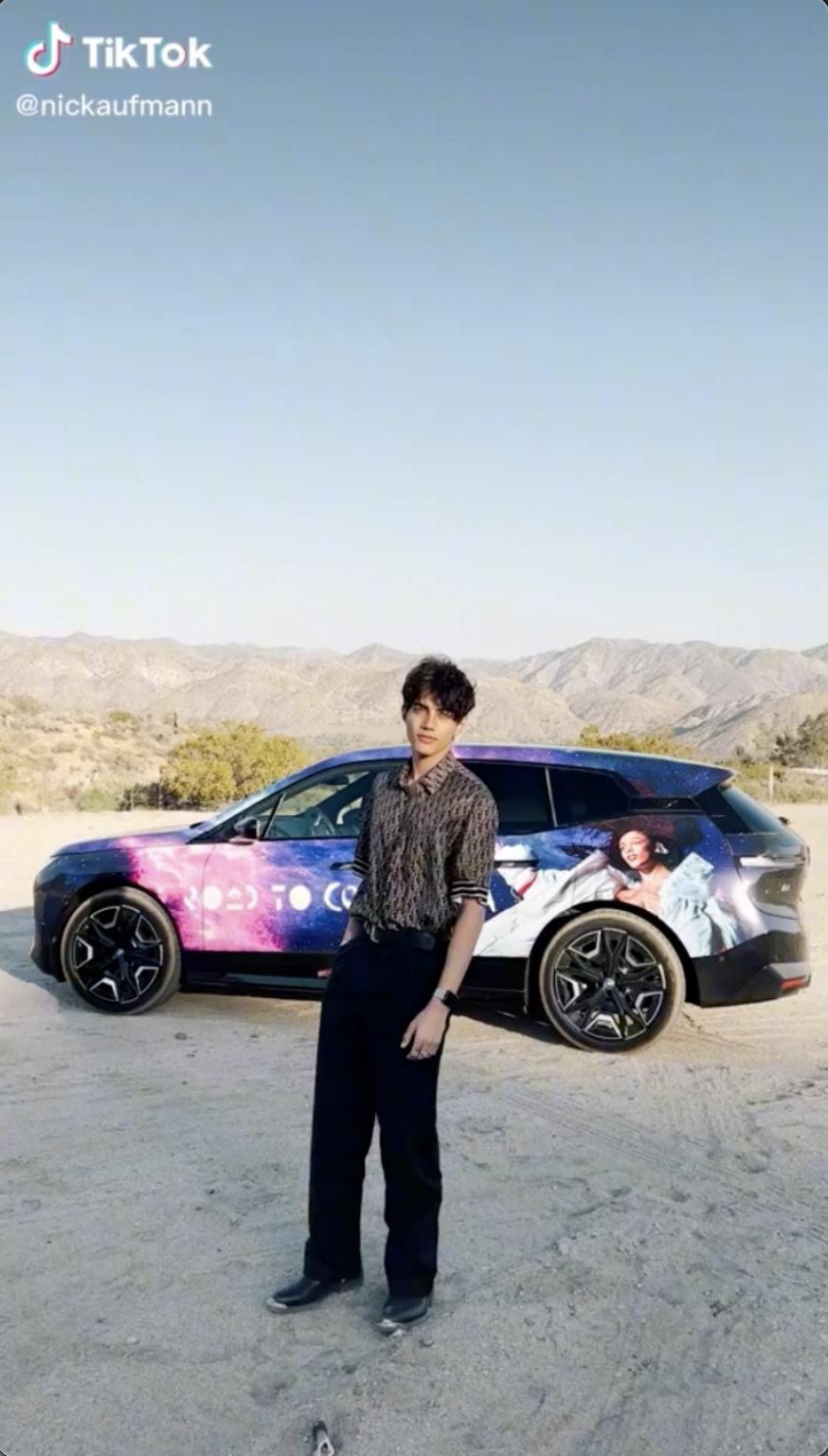
Not only does this unique shoutout include eye-catching visuals within a short timeframe; it’s also based on a viral TikTok trend. As such, it is instantly recognizable to TikTokers. The video references the fact that Nic is attending Coachella, one of the most popular music festivals in the country. It was the perfect opportunity for BMW to build brand affinity among a younger crowd. By hopping onto a hot trend, the product placement received more than 1.8 million views and 188,000 likes.
Brands need to have a solid grasp on trends that will offer the addictive, captivating quality that will make their videos go viral. Marketers can raise more awareness through social campaigns by encouraging influencer partners to embrace trends in their own way.
Learn how you can boost conversions and drive awareness with influencer partnerships.
Build real credibility with influencer marketing
Gen Zers are using social media as an alternative to traditional search engines like Google. Whether searching for information about a new hobby or finding tips on how to apply for college, content influencers are a key source.
Gen Z using social platforms as discovery tools opens new opportunities for brands to build credibility. Audiences are more likely to engage with a brand’s products if they’re recommended by someone they trust. An expert influencer’s seal of approval goes a long way in driving positive awareness.
Influencer Lean Beef Patty (@leanbeefpatty) blew up on TikTok thanks in large part to her impressive athletic figure. She’s well known for posting workout advice and tutorials on Instagram geared toward novice bodybuilders. A reputable weightlifting expert, she was the perfect choice for fitness supplement brand Gorilla Mind.
The company tapped Lean Beef Patty for a series of product endorsements. She tagged the brand in captions alongside photos and videos detailing her personal workout routines, as well as advice on how to relieve muscle pain. Subtle name-dropping in this context helped Gorilla Mind build credibility in an organic way, inserting its products into conversations around fitness without coming off as pushy or intrusive. Across three Instagram posts, Lean Beef Patty’s product shoutouts received more than 975,000 likes and 3,500 comments.
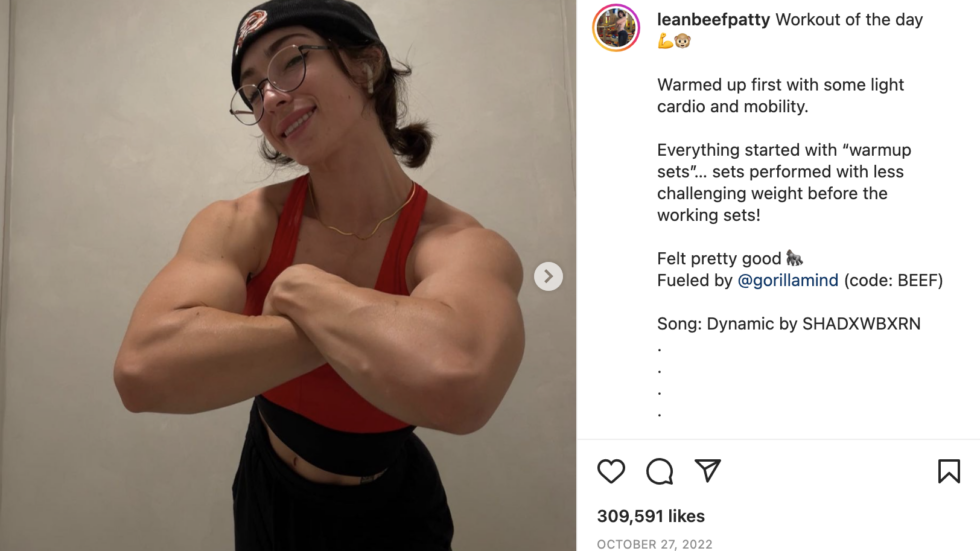
Working with creators who have achieved expert-level status within their niche helps companies advertise their products in an entertaining yet informative way, driving more—and more meaningful—audience interactions.
The bottom line for marketers
Influencer marketing works. Follow the money: Brands and marketers are seeing the benefits first hand and are putting more of their marketing dollars toward creator partnerships. Total U.S. spend on influencer marketing grew nearly fivefold from 2016 to 2020. The trend shows no signs of slowing down. The end of 2022 saw the market reach a whopping $16.4 billion.
From unlocking ROI with a performance-driven campaign to boosting awareness and affinity with eye-catching collaborations, brands are tapping influencers to expand their own reach. Meaningfully partnering with creators on platforms like TikTok, YouTube, and Instagram is key to building trust with the audience—and the audience is everyone.
It all comes down to this: Brands should incorporate influencer-led campaigns into their broader marketing efforts to build and impact their core audience.
Read on to find out how you can level up your influencer marketing program.

